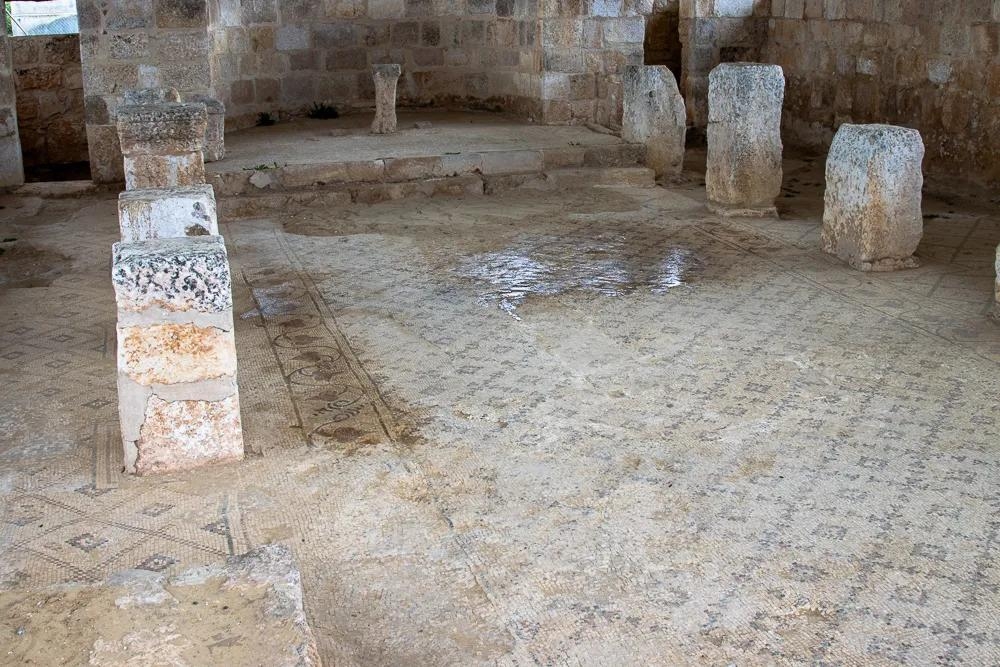The debate continues over the location that hosted the earliest churches in Christian history. Increasing attention is being directed toward the Levant, particularly Jordan, where it is believed that the oldest church in the world was built in the town of Rihab in northern Jordan. Alongside it, the church in Aqaba on the Red Sea stands out as one of the oldest discovered churches, further enhancing the religious significance of the Hashemite Kingdom.
Jordan is rich with dozens of archaeological and religious sites that testify to its importance in human history and the origins of Christianity. This is evident in the widespread presence of ancient churches and ruins throughout the country—from the governorates of Mafraq and Irbid in the north to the city of Aqaba in the far south.
Christians in Jordan are considered among the oldest Christian communities residing in their homeland. They have remained present for centuries, despite the many changes the region has witnessed. This enduring presence is attributed to the close and intertwined relationship between Jordan and the Holy Lands—a unique connection that continues to this day.
The territory of the Hashemite Kingdom of Jordan includes five Christian pilgrimage sites recognized by the Vatican and other Christian churches: the Baptism Site (Al-Maghtas), Mount Nebo, Machaerus, Our Lady of the Mountain Church in Anjara, and Mar Elias. In addition to these globally known sites, there are other important locations that remain lesser known or are still undergoing excavation and research—such as the village of Rihab.
It is believed that the first Christian church in the world was built in this village located on the edge of the desert. The church dates back to between 33 and 70 AD and is known as the Cave Church of Saint George. It is a rock-hewn cave measuring 12 meters in length, 7 meters in width, and possibly over 2 meters in height. It was discovered in 2002.
This cave church lies beneath another church—Saint George the Victorious—which dates back to 230 AD, according to inscriptions and writings found on site.


Researchers suggest that a community of 70 people lived in the early third century, converted to Christianity, and practiced their worship and rituals in secret. They found refuge in this relatively remote location to escape persecution under the pagan Roman rule. Supporting this theory is the fact that the first church was built in a hidden cave. Later, as Christianity became public, the church was expanded and an upper structure was added.
In the upper section of the church, there is a mosaic inscription that reads, “In the name of the Holy Trinity, a gift from Thomas, son of Gayanos, the house of worship for Saint George was completed in the month of Apellaios, in the eighth proclamation of the year 424, with the blessing of Sergius the guardian.”
It is noted that there are more than 30 churches in the same town, including the Church of Saint Mary the Virgin, which dates back to 543 AD, as well as churches dedicated to Saints Paul, Sophia, and Stephen.
Even up to the beginning of the Islamic era, churches continued to be built in Rihab, such as the Church of Saint Mina, which was established in 634 AD.
Due to its distinguished religious status, Jordan has been visited by four popes of the Vatican: Pope Paul VI in 1964, Pope John Paul II in 2000, Pope Benedict XVI in 2009, and Pope Francis, who made Jordan the first Arab stop of his visit in 2014.